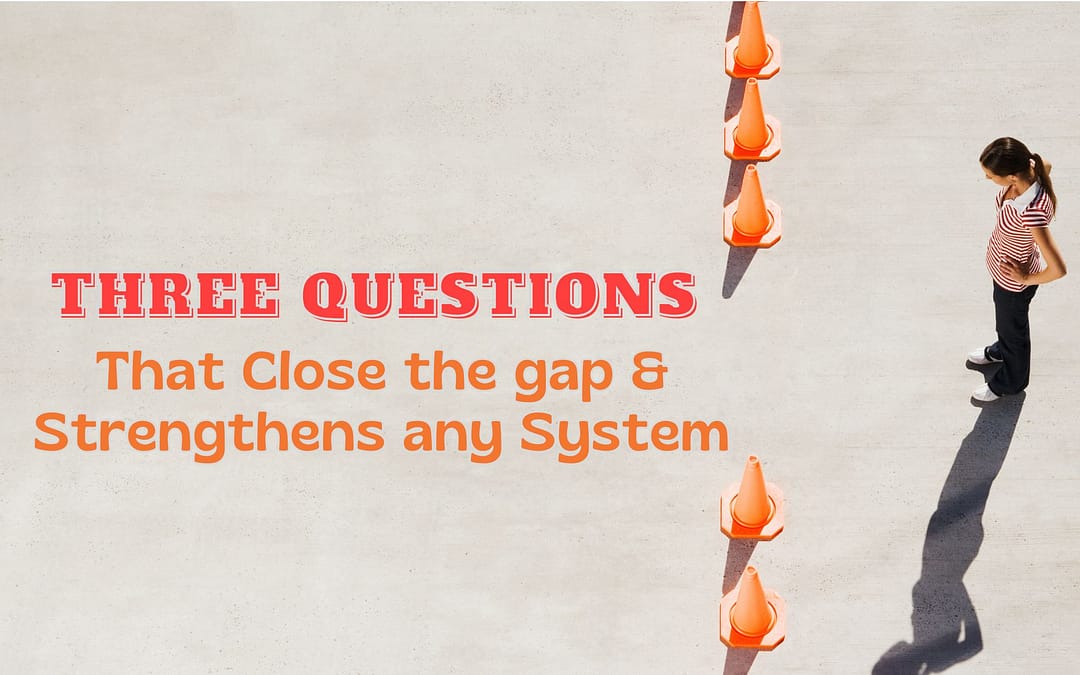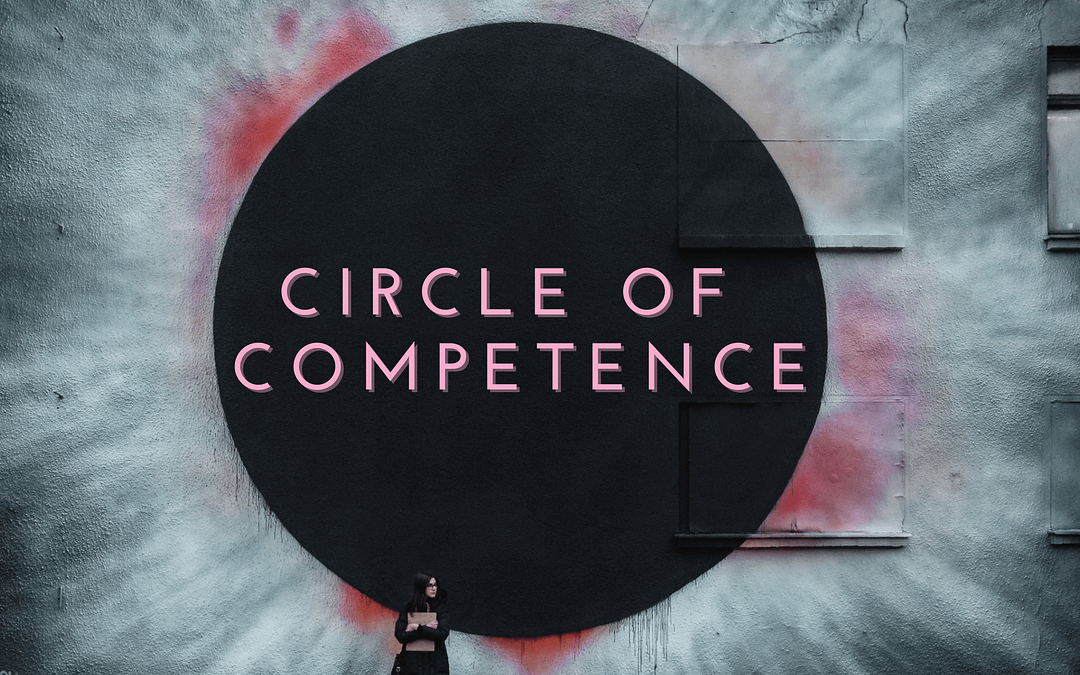What Are First Principles?
- Independent Logic.
- Something that stands on its own.
- Constantly questioning why.
First principle thinking has been used by the greatest creative minds to come up with inventions and solutions. It’s what inventors and scientists use to come up with ideas totally different than what everyone expects, or is used to thinking.
First principle thinking is the process of deconstructing a problem, and then reconstructing it in a better way without worry about how it was done before.
For these kinds of thinkers, it’s not enough to simply make minor improvements to the same ideas, or accept something to be true without questioning it themselves.
How Do You Find First Principles?
You must constantly ask, why. Why do I think this? Why do I do this? Why are things the way they are? You ask until you can no longer reduce the thing you are questioning. Once you get there, you have a first principle, something that stands on its own.
Although this is a good philosophical tool for getting down to first principles, we must remember to always assume the possibility our perspective may be incomplete.
Rene Descartes set out on a philosophical journey to find fundamental truth. He questioned what he really knew and if he could prove anything. He questioned reality and perception, finding that he couldn’t prove any of it. Then he stumbled on one principle he could reduce no further, “I think, therefore I am.”, or the “cogito, ergo sum”.
Why did he land on this principle? Because we cannot trust our perceptions. Our perceptions are influenced by flawed logic passed down to us, any number of environmental conditions such as our state of mind, or the social atmosphere of any given area.
If you look out your window, the world looks flat. But this doesn’t mean we all live on a flat earth.
How to Practice First Principle Thinking
Focus on Function Instead of Form
When trying to come up with innovative ways to improve an item, we often begin by questioning how can we make the existing item better.
We should begin by questioning the function it serves. Once we understand the function, we should then question what provides the function from the given form. Can the function be served better by a different form, or a combination of them?
This line of thinking is the creative highway to true innovations, not just minor improvements on the same ideas.
Question What You know and How You Know It
We should never accept the answer, “That’s just the way it is.”. Things are the way they are not because it’s the best way possible, but because it’s the best idea so far.
We should always assume there is a better idea just around the corner. The best ideas are hard to come by, but look obvious in hindsight.
Here’s a list of things you should question…
- Emotional reasoning: New ideas could make people uncomfortable.
- Argument by authority: Accepting truths because the person in charge said so.
- There are no good ideas left: New ideas that change the way we live are created every day
- Circular reasoning: You must obey the law because it is illegal to break the law.
Reinventing the Wheel
When someone says not to reinvent the wheel, they’re telling you not to fix what isn’t broken. They say this as if you really can’t reinvent the wheel.
They say this as if we don’t have off road tracks for snow and mud, wheels with new tread, self-sealing punctures, and any other number of wheel reinventions.
I say, reinvent the wheel if you think you know how to do it better. Just because something works, doesn’t mean it works the best.
Expand what you think is possible, this is the true first principle meaning.
It’s Time to Innovate
Now that you know how the greatest minds come up with groundbreaking innovations, it’s your turn to practice first principles.
You will often find the best solutions are not the most complicated ones, they were just too simple to see.











